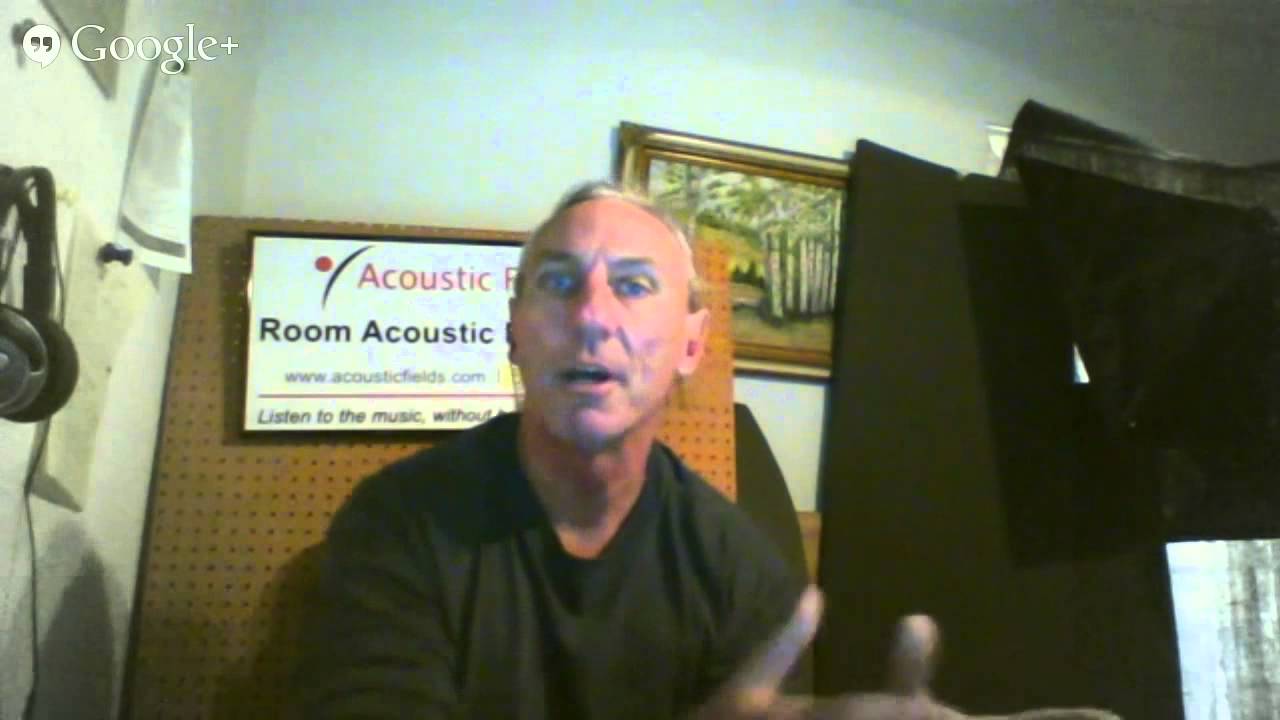The below is a short video and transcript on sound diffusion and its application in room acoustics that we recently discussed in one of our weekly Google Hangouts.
DF: There seems to be a lot of confusion about diffusion. I think we need to do a ‘Confused about diffusion?’ video. I think we need to do more videos in that area, people are just not understanding it and I get that. I’ve been working with it for 25 years. I think it took me 5 years to figure out. It’s not easy so I think people are more motivated, they want to try diffusion and that’s great because it’s a really powerful tool in acoustics but the application of it is very critical and I think I’ll put that on my video list to do cause I got some ideas about that.
AD: Well actually you say that let’s kill two birds with one stone because I needed to respond to a customer earlier, so let’s give him a video answer because that will help him a lot.
Is the depth of the well related to the lowest frequency that the diffuser can work with? The reason being is I can make the diffuser taller but not much deeper due to the short distance between the diffuser and the main listening position, being around 6-foot to 7-foot.
DF: Okay here we go again, quantity versus quality. Making it taller that’s quantity. No don’t ever think that more is better, sometimes yes, most of the time in room acoustics “Do no harm”, less is better. So making something taller because you have the space available makes no sense.
Try to treat the particular room usage and the particular surface area together so that you get a result that you want. The result of the room usage, the goal of the room, the musical and sonic goal of the room, what is that? And work backwards from that. If it’s a control room well alright a control room has certain issues, certain issues that pertain to diffusion. The main issue in control rooms is that rear wall, you don’t want to be sitting at your console and then hearing all of this energy coming back off the rear wall hitting the monitor.
Here’s a good example for our monitor between speakers, hitting the monitor coming back in your face. And what is the time signature of the reflection off the rear wall? Is it the same as the time signature out of your speakers? Can’t be, too much distance. So it’s delayed, it’s called ‘slap back’ that’s what the engineers call it, that’s kind of a common term for it. You have all this slap back washed off the rear wall mixing with the direct energy from your speakers and your brain is struggling to find out what’s in the mix and what’s in the room.
So we can’t do that so we have to figure out that we have to control the energy in the room and we do that with diffusion on the rear wall. So control room diffusion is good.







